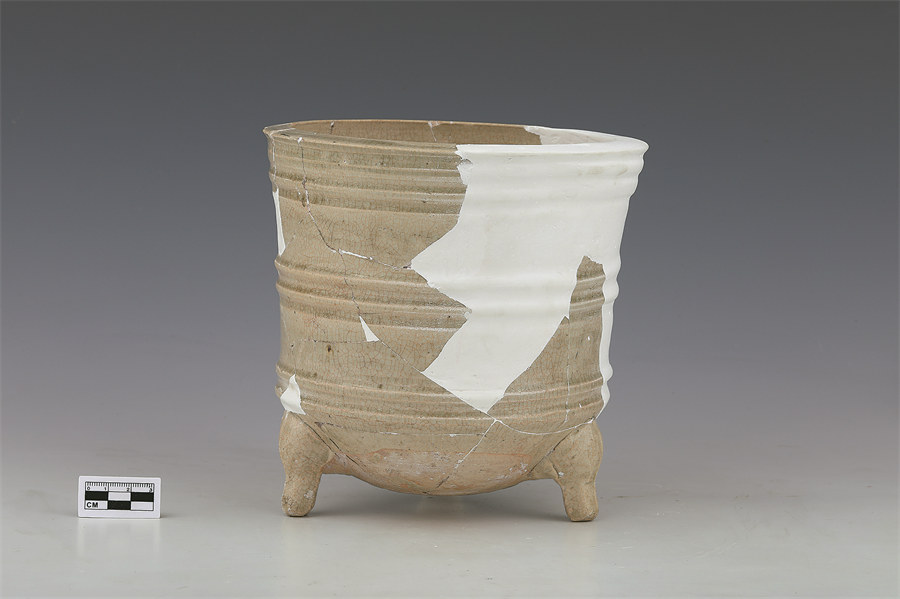Chamber of Southern Song tomb reawakens history


"While the stone chambers themselves are nearly identical in size and craftsmanship — showing strict adherence to core rituals — aboveground layouts reveal a shift in mindset," Li says.
Earlier mausoleums in the south were austere: tomb, turtle-head hall, and front hall in a simple design embodying the "temporary" ethos.
By contrast, Mausoleum No 7 boasts complex flanking corridors, features previously reserved for utilitarian areas serving ancestral worship and daily management.
"This is a critical signal. It indicates that by the late Southern Song period, even though the political slogan of a temporary burial remained unchanged, the actual construction had begun to transform," he emphasizes, adding that the architecture was becoming more permanent and intricate.
"In simple terms, they probably knew in their hearts that they were never going back," Li says.
Throughout history, the Song mausoleums suffered repeated devastations, earning them the online epithet of "the most tragic imperial tombs in history". However, archaeological discoveries have gradually revealed their profound historical and cultural significance.
























